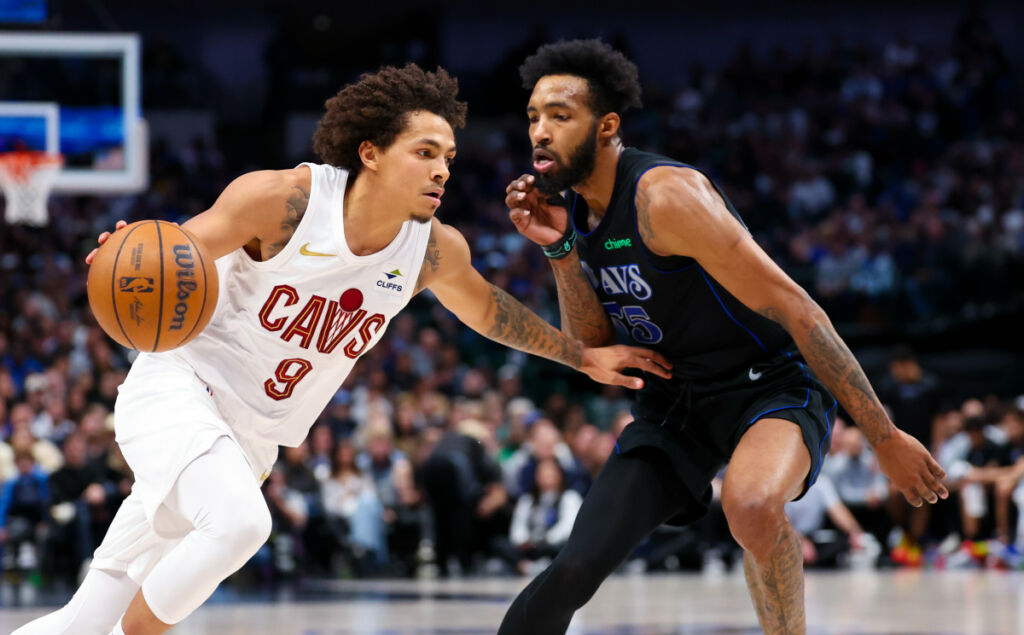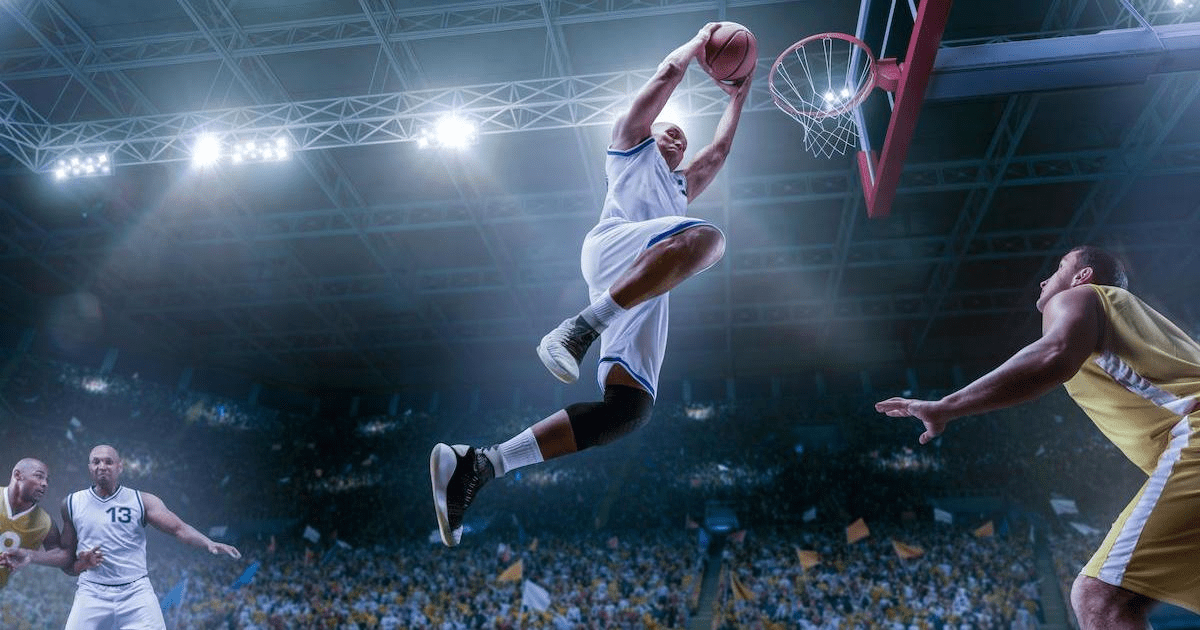In the panorama of popular sports, few have undergone a transformation as remarkable as basketball, evolving from its humble beginnings to a worldwide spectacle that captivates millions.
The National Basketball Association (NBA), in particular, stands as a testament to this evolution, charting a course from modest dribbles in sparse gyms to the high-octane dynasties that dominate today’s hardwood courts.
This journey from a niche pastime to a global obsession is not just a story of athletic achievement but a saga of cultural impact, technological advances, and the unifying power of sport.
With this in mind, let’s look at a full-court breakdown of the NBA and explore how basketball became the planet-wide powerhouse it is today.
From Peach Baskets to Professional Play
Basketball’s journey commenced in 1891, born from the inventive mind of Dr. James Naismith. It transitioned from a rudimentary game involving peach baskets to a structured sport by the early 20th century.
The establishment of the National Basketball League (NBL) in 1937 and subsequent leagues laid the groundwork for professional basketball, culminating in the formation of the NBA in 1946. This era was characterized by regional teams, a modest fan base, and a game still finding its identity.
Integration and the NBA-ABA merger in 1976 marked significant milestones in the league’s history, broadening its appeal and competitive nature. The merger expanded the NBA’s talent pool, introduced innovative ideas like the three-point shot, and set the stage for increased visibility and commercial success.
This period laid the foundational stones for the league’s future growth, blending diverse talents and paving the way for the emergence of dynasties.
From Dribbles to Dynasties

The decades following the merger witnessed the rise of legendary teams and rivalries that would define the NBA. The Los Angeles Lakers, Boston Celtics, and Chicago Bulls, led by iconic figures such as Magic Johnson, Larry Bird, and Michael Jordan, respectively, captivated audiences with their skill, charisma, and competitive spirit. These dynasties not only elevated the game but also embedded it in the cultural fabric of America, fostering a passionate fan base.
The battles between these titans during the 1980s and 1990s were more than just games; they were epic narratives that played out on the national stage, with each season writing a new chapter in the annals of basketball history.
The prowess and rivalry of Magic and Bird, followed by the meteoric rise of Jordan, catapulted the NBA into unprecedented popularity, setting the stage for its international expansion.
The Orange Globe Goes Global
The transition of basketball from a niche American sport to a global phenomenon is a remarkable aspect of the NBA’s evolution. The Dream Team’s dominance in the 1992 Olympics served as a pivotal moment, showcasing the sport’s allure to a worldwide audience. Since then, the number of NBA players born overseas has steadily increased, reflecting basketball’s growing footprint on the world stage.
This international infusion of talent has enriched the league, bringing diverse playing styles and cultural perspectives that have made the NBA a melting pot of global athleticism.
The success of international stars has inspired a new generation of players from every corner of the globe, underscoring basketball’s universal appeal and solidifying its status as a sport without borders.
Basketball in Popular Culture
The influence of basketball extends far beyond the confines of the court, weaving itself into the very fabric of popular culture. The game’s greatest players, such as Michael Jordan and Kobe Bryant, transcended their sport to become cultural icons.
Their impact was not limited to their athletic prowess but included their contribution to fashion, entertainment, and even language. Sneaker culture, largely driven by basketball, has become a global phenomenon, with Air Jordans and other player-endorsed shoes becoming symbols of style and identity.

Moreover, basketball has found its way into music, film, and literature, reflecting its significance in societal narratives. The sport’s ability to inspire, motivate, and bring people together has made it a staple in storytelling, with countless works exploring the dreams, struggles, and triumphs associated with the game.
This cultural crossover has played a crucial role in basketball’s global appeal, making it a sport that resonates on a deeply personal level with fans around the world.
The Sportsbook Surge
The recent legalization of online sports betting in the US has further propelled basketball’s popularity within its country of origin. For instance, NBA Finals betting has become a significant aspect of the sport’s culture, offering fans a new way to engage with the game. This development has not only increased viewership but also deepened fans’ investment in the outcomes of games and seasons, adding an extra layer of excitement to the sport.
Sports betting has introduced a new dimension to fan interaction, with predictions, odds, and wagers becoming common topics of discussion. As regulations continue to evolve, the integration of betting into the basketball viewing experience is expected to grow, further cementing the sport’s place in the entertainment landscape.
The Unstoppable Rise
The evolution of the NBA from humble beginnings to a professional sports powerhouse encapsulates the transformative power of sport. Through its dynasties, cultural impact, technological advancements, and legal milestones, basketball has proven to be more than just a game; it’s a unifying force that transcends borders and connects people across the world.
As the league continues to navigate the ever-changing landscape of global connectivity, its ability to adapt, innovate, and inspire ensures that the legacy of basketball will continue to grow, capturing the hearts and imaginations of fans for generations to come. The future of basketball shines bright, promising endless possibilities and confirming its enduring legacy as a worldwide phenomenon.





